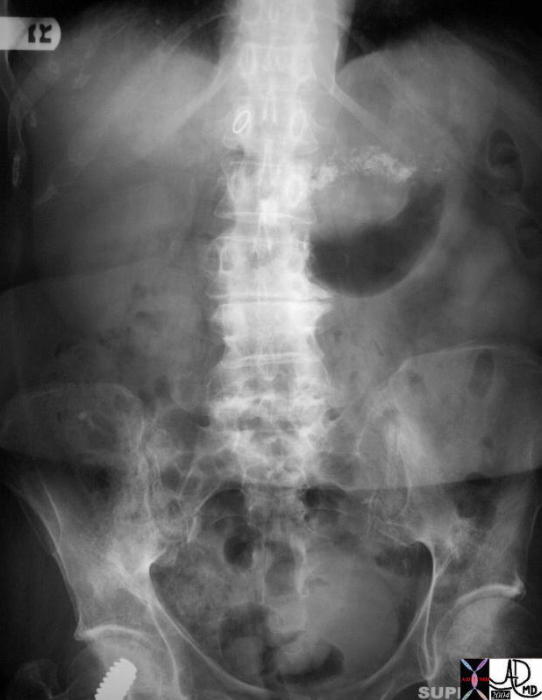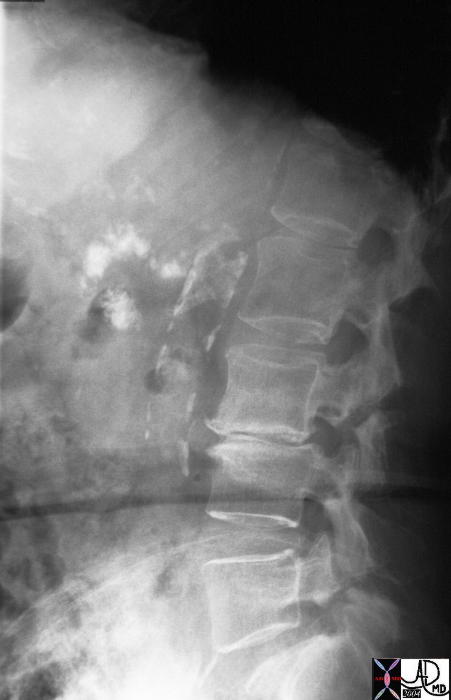maging the Pancreas – Plain Film
Author Ashley Davidoff MD
Collaborators Charles Allison MD Adam Asarch MSII David Lee MD Scott Tsai MD Sam Yam PhD.
The plain film does not have much role in the diagnosis of acute pancreatitis. there are occasional findings that are helpful, but these are in general not common nor specific.
Acute Pancreatitis – Colon Cut-off Sign
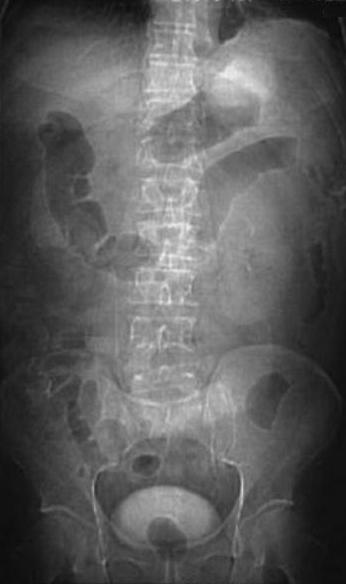 This plain film of the abdomen shows a colon cut-off sign at the splenic flexure. The left colon and the splenic flexure more specifically, are common targets for dissecting enzymes which cause inflammation and spasm of the colon. 04922 Courtesy Ashley Davidoff MD
This plain film of the abdomen shows a colon cut-off sign at the splenic flexure. The left colon and the splenic flexure more specifically, are common targets for dissecting enzymes which cause inflammation and spasm of the colon. 04922 Courtesy Ashley Davidoff MD
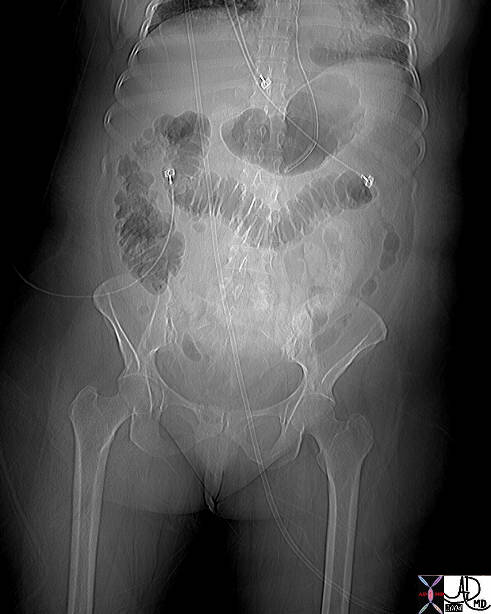 This plain film of the abdomen shows a colon cut-off sign at the splenic flexure. The left colon and the splenic flexure more specifically, are common targets for dissecting enzymes which cause inflammation and spasm of the colon. 41543 Courtesy Ashley Davidoff MDchronic pancreatitis
This plain film of the abdomen shows a colon cut-off sign at the splenic flexure. The left colon and the splenic flexure more specifically, are common targets for dissecting enzymes which cause inflammation and spasm of the colon. 41543 Courtesy Ashley Davidoff MDchronic pancreatitis
Subacute Pancreatitis – Pseudocyst formation
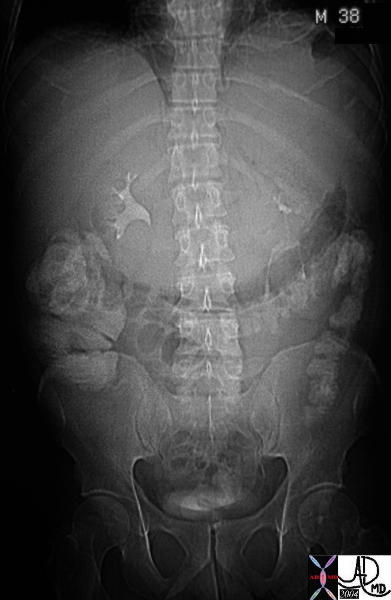
Calcification of thre pancreas is almost pathognomonic for alcoholic pancreatitis, but has been seen in patients with congenital cysts, pancreatitis secondary to Crohn’s disease. Thius finding calcificatoin in the position and shape of the pancreas on a plain film, is almost pathognomonoc with alcoholic pancreatitis.
Chronic Pancreatitis
